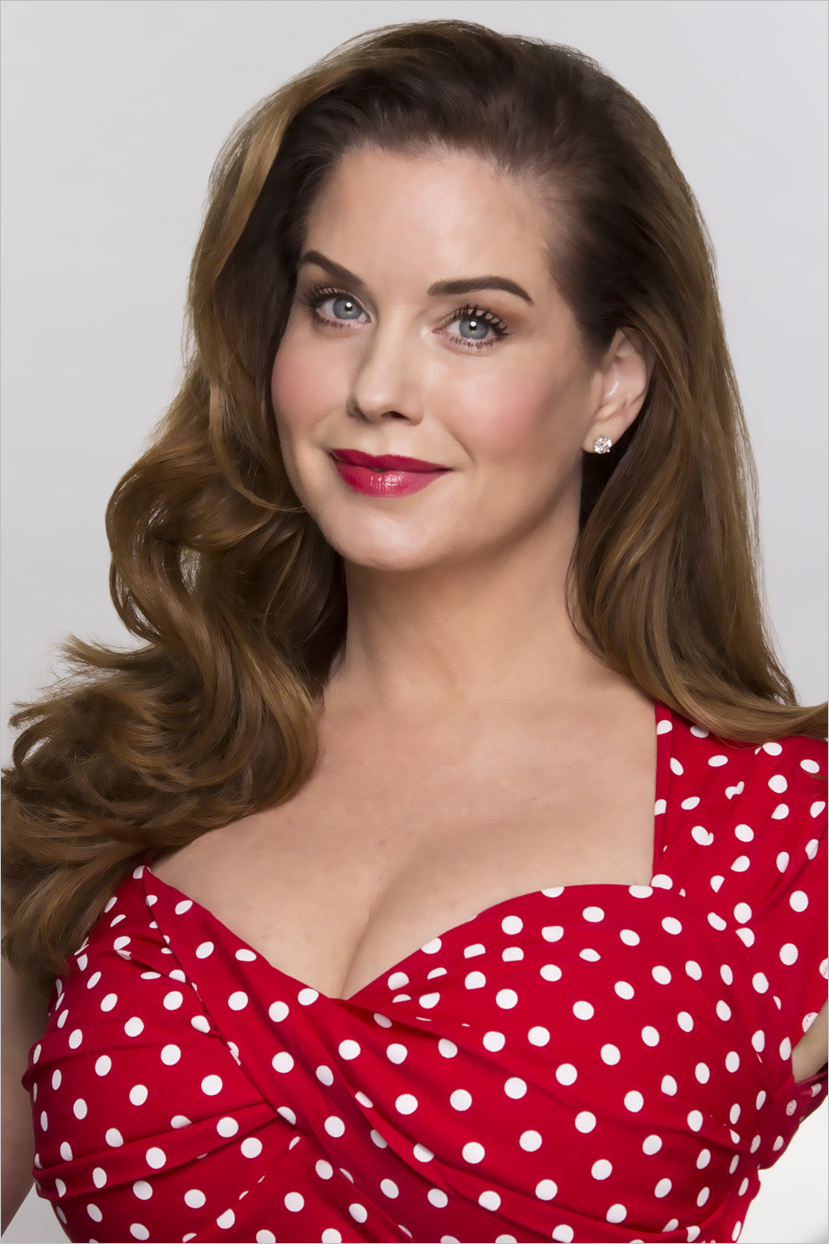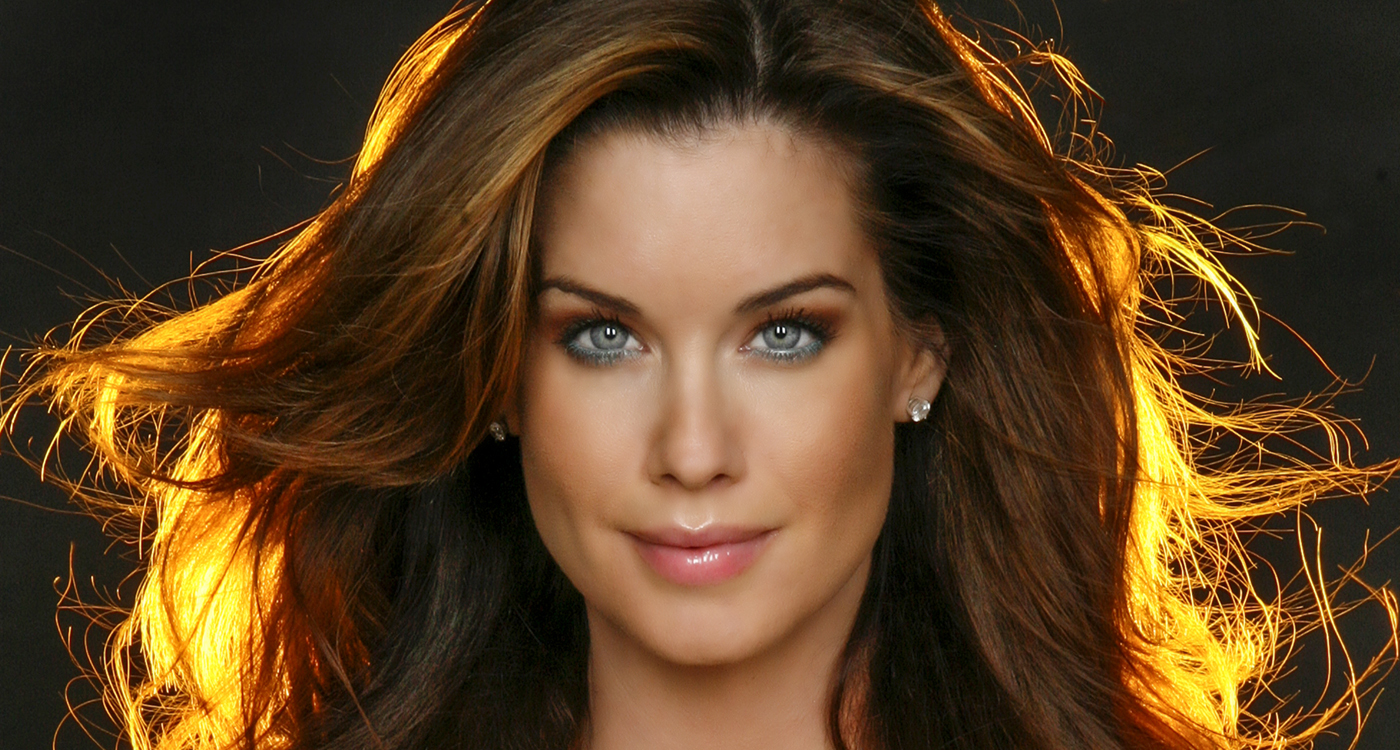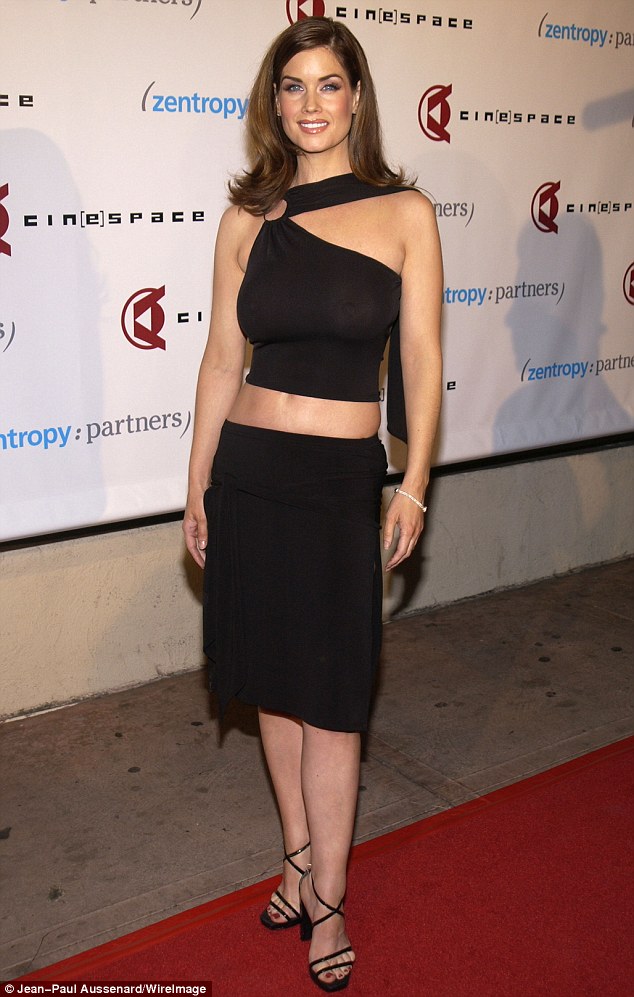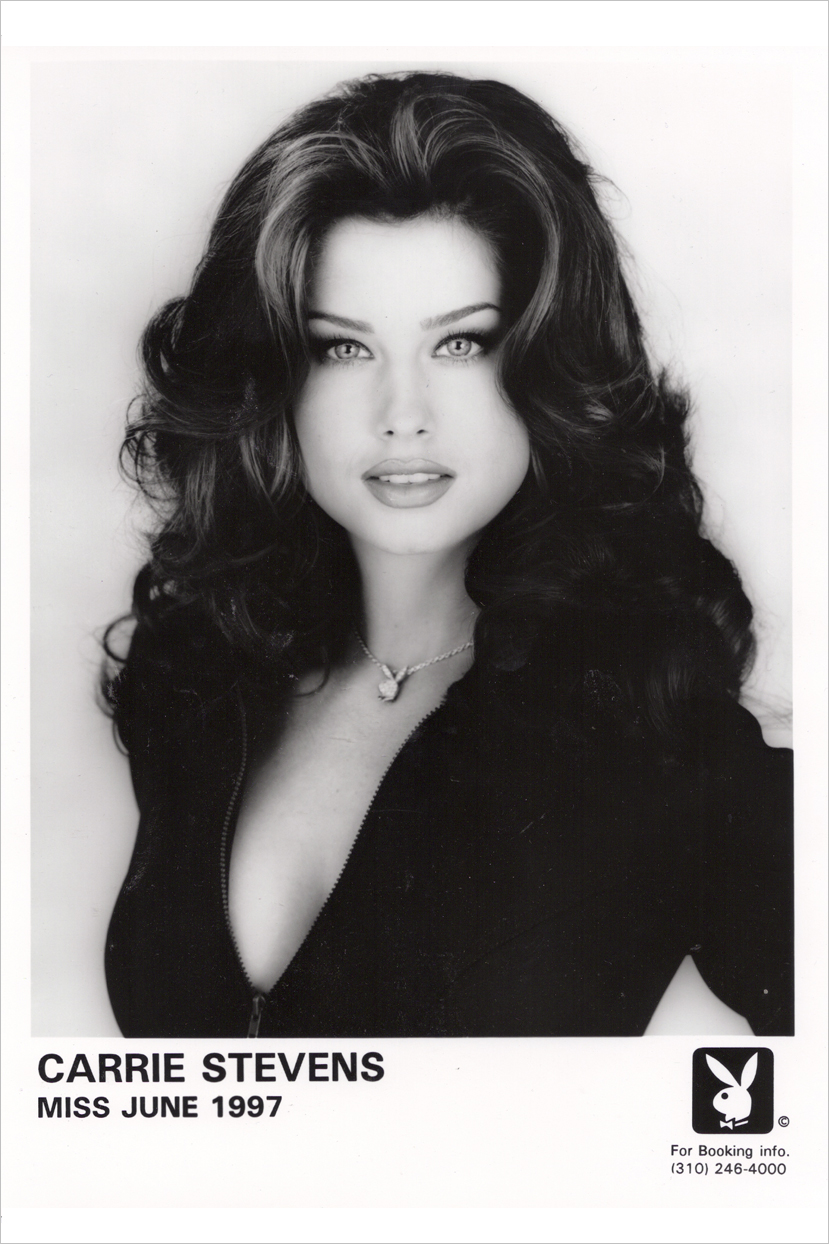The term "Carrie Stevens Nude" often refers to the iconic wet flies created by Carrie Stevens, a renowned fly tier and angler from Maine during the early 20th century. Her innovative fly patterns, inspired by the vibrant colors of the natural world, have left an indelible mark on the world of fly fishing.
A Legend in Fly Fishing: Carrie Stevens

Carrie Stevens, born in 1882, grew up in the picturesque town of Gilman, Maine. Her passion for fly fishing and her extraordinary talent for creating lifelike fly patterns earned her a place in history as one of the pioneers of the sport.
Stevens' work was not just about creating attractive flies; it was about understanding the behavior of fish and the role of color and movement in attracting them. Her designs were ahead of their time, incorporating bold colors and unique materials that imitated the natural prey of fish.
The Iconic Carrie Stevens Nude Patterns
Among Carrie Stevens’ extensive repertoire of fly patterns, the “Nude” series stands out for its simplicity and effectiveness. These flies, often referred to as “soft-hackle” patterns, are characterized by their sparse, minimalist design and natural-looking materials.
The "Nude" patterns typically feature a sparse body made from natural fur or feathers, with a subtle hint of color. The hackle, or feather, is soft and often left in its natural state, giving the fly a lifelike, "nude" appearance, hence the name.
| Fly Pattern | Description |
|---|---|
| Grey Ghost | One of the most famous "Nude" patterns, featuring a silver body with a hint of grey, and a sparse, grey hackle. |
| Blue Ghost | A variation with a blue body and a delicate blue hackle, designed to imitate a dragonfly nymph. |
| Yellow Ghost | This pattern has a bright yellow body and a yellow hackle, often used to attract trout in clear, fast-moving waters. |

These flies are designed to mimic the natural prey of fish, such as mayflies, caddisflies, and even small fish, in their most vulnerable, "nude" state. The simplicity of these patterns allows them to be highly effective, especially in clear waters where a more natural presentation is key.
The Art of Tying Carrie Stevens Nude Flies

Tying Carrie Stevens’ “Nude” patterns requires a delicate touch and an understanding of the materials used. The key is to create a sparse, natural-looking fly that moves freely in the water, imitating the subtle movements of aquatic insects.
Materials and Tools
The materials for tying “Nude” flies are relatively simple and include:
- Natural Fur or Feathers: Typically, the body of the fly is made from the fur of small animals like rabbits or squirrels. The hackle is often taken from the breast or back feathers of chickens, ducks, or other game birds.
- Thread: A fine, transparent thread is used to wrap the body and attach the hackle.
- Hook: Carrie Stevens' original patterns were tied on long, slender hooks, but modern variations can be tied on standard nymph hooks.
Tying Process
The tying process for a “Nude” fly involves:
- Body: Wrap the fur or feather material around the hook to form a sparse, cylindrical body.
- Hackle: Attach a soft, natural-looking hackle, ensuring it covers the body without being too dense.
- Finish: Add a small amount of varnish or head cement to the thread wraps to secure the fly and add a bit of weight.
The key to a successful "Nude" fly is maintaining a natural, delicate appearance. The fly should move freely in the water, creating subtle pulses that imitate the movements of aquatic insects.
The Effectiveness of Carrie Stevens Nude Patterns
Carrie Stevens’ “Nude” patterns have stood the test of time for their effectiveness in attracting fish. These flies are particularly useful in clear, slow-moving waters where a more natural presentation is crucial.
Imitating Natural Prey
The sparse, natural-looking design of “Nude” flies makes them excellent imitators of various aquatic insects. The soft hackle, in particular, gives the fly a lifelike appearance and movement, which can be irresistible to fish.
The color variations, such as the Grey Ghost, Blue Ghost, and Yellow Ghost, allow anglers to match the natural prey in different environments and conditions. For instance, the Grey Ghost is effective in cloudy or murky waters, while the Blue Ghost and Yellow Ghost are better suited for clear, bright conditions.
Performance in Different Conditions
“Nude” flies excel in calm, slow-moving waters where their subtle movements can be most effective. They are often fished near the surface or just below, where they can drift naturally with the current.
In faster-moving waters, these flies can still be effective, but they may require a more rapid retrieve or a weighted nymph to keep them in the strike zone.
Target Species
Carrie Stevens’ “Nude” patterns are particularly effective for trout, especially in the clear, cold waters of the Eastern United States and Canada. However, they can also attract a variety of other species, including bass, panfish, and even some saltwater species.
The Legacy of Carrie Stevens Nude Flies
The “Nude” patterns created by Carrie Stevens continue to influence the world of fly fishing today. Her innovative use of materials and her understanding of fish behavior have left an enduring legacy in the sport.
Inspiration for Modern Fly Tiers
Carrie Stevens’ work has inspired countless fly tiers to explore the potential of natural materials and sparse, minimalist designs. Her flies demonstrate the power of simplicity and the importance of understanding the natural world when creating effective fly patterns.
Educational Value
The “Nude” flies also serve as an educational tool, teaching anglers about the importance of natural presentation and the behavior of fish. They encourage a deeper understanding of the sport and a more mindful approach to fly fishing.
Preserving a Piece of History
Tying and fishing Carrie Stevens’ “Nude” patterns is not just about catching fish; it’s about preserving a piece of fly fishing history. These flies represent a time when fly fishing was simpler and more connected to nature, and they remind us of the roots of the sport.
Frequently Asked Questions

What makes Carrie Stevens’ “Nude” patterns unique?
+
Carrie Stevens’ “Nude” patterns are unique for their sparse, minimalist design and their use of natural materials. These flies are designed to imitate the natural prey of fish in their most vulnerable, “nude” state, with a focus on subtle movements and natural appearance.
What species of fish are attracted to “Nude” flies?
+
“Nude” flies are particularly effective for trout, but they can also attract a variety of other species, including bass, panfish, and even some saltwater species. The versatility of these flies makes them a popular choice for anglers targeting multiple species.
How do I tie a “Nude” fly pattern?
+
Tying a “Nude” fly involves using natural fur or feathers to create a sparse body, and attaching a soft, natural-looking hackle. The key is to maintain a delicate, natural appearance, allowing the fly to move freely in the water. A fine, transparent thread is used for wrapping, and a small amount of varnish or head cement can be added to secure the fly.